
Thunderstorms might not sound all that serious. A bit of heavy rain and lightning are nothing out of the ordinary. However, they can quickly turn nasty, cutting off power and leading to flash floods.
Preparing your home for sudden changes in weather can help protect your family and your belongings, as well as potentially saving you thousands in repair bills.
But how do you prepare your home for a thunderstorm? Here, insurance experts and contractors have revealed their essential prepping tips ahead of a thunderstorm, from preparing your home for a power cut to protecting your roof.
How to prepare your home for a thunderstorm
From protecting your home from flooding to preparing your yard for a storm, these six steps are essential when those thunderstorm weather warnings roll in.
1. Invest in battery packs and a generator
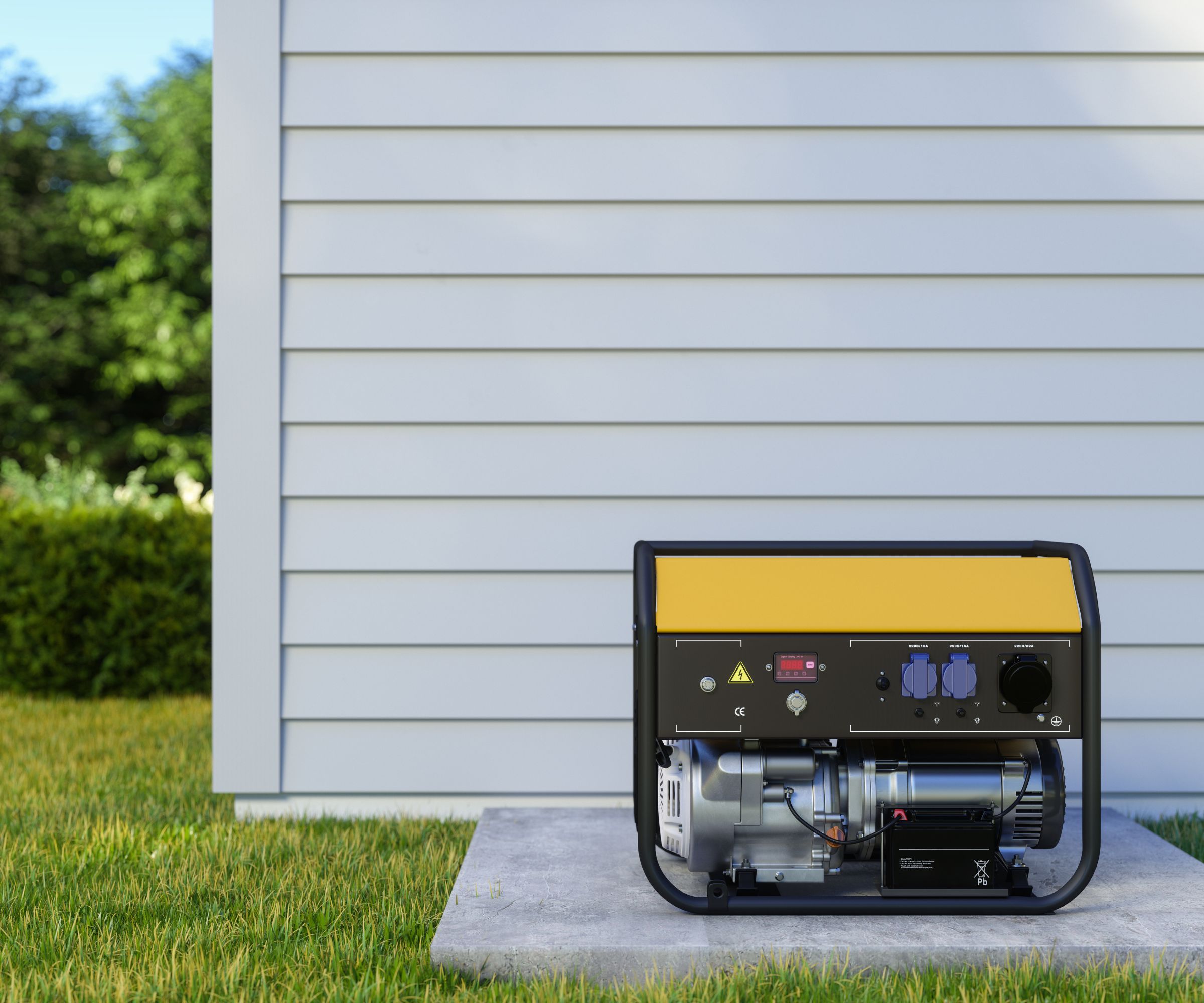
Joel Worthington, president of Mr. Electric, a Neighborly company says, ‘Standby and portable generations can keep power to the home during power outages. Standby generations are designed to kick on automatically in case of power loss.’
These generators can help you heat a home when the power is out, and power essential cooking tools or phone chargers, helping you stay connected to the outside word, whilst keeping your household fed.
However, Joel adds, ‘You should turn off power to affected areas during a flood and move electrical devices above potential flood levels. If flooding does occur, contact an electrician before attempting to restore power as damage may have occurred. Have flashlights and extra batteries on hand, too.’

I have this portable battery pack to charge my phone on the go and I love it. It holds two full phone charges, has USB and USB-C connectors, and has a built in flashlight. It'll be super handy for a thunderstorm-induced power cut.
2. Create a 72-hour emergency pack
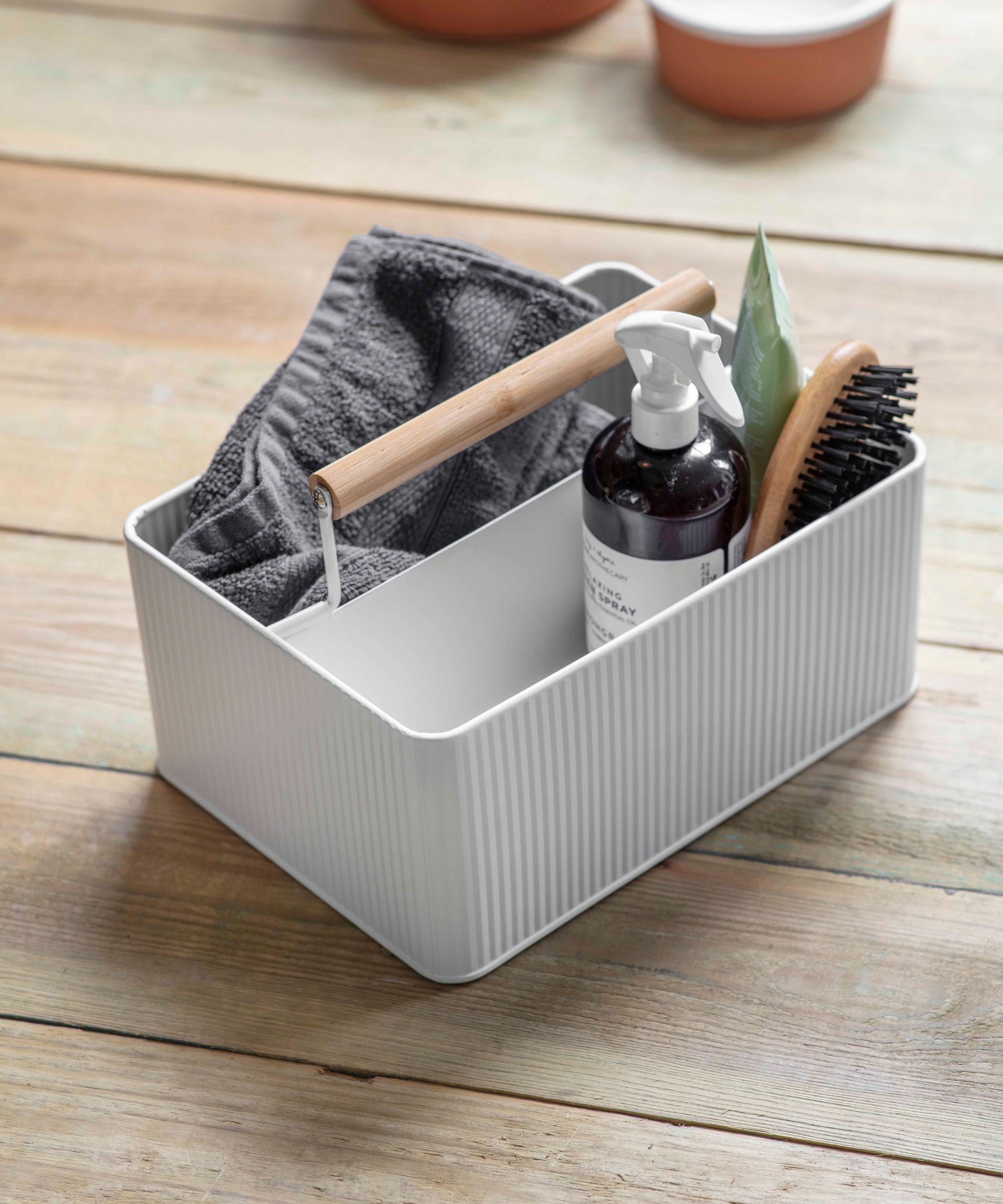
It is always advisable that you keep 72 hours' worth of supplies in your home ready for extreme weather situations. Pete Alther, president and CEO of private client services at Marsh McLennan Agency suggests having the following in your pack:
- Non-perishable food and enough water for 72 hours (1 gallon per person per day)
- Flashlight, from Walmart, and batteries
- Extra clothing, coats, and blankets
- First-aid kit, available pre-made at Walmart
- Personal hygiene items
- Prescription medications and medical supplies
- Maps and local emergency contact numbers
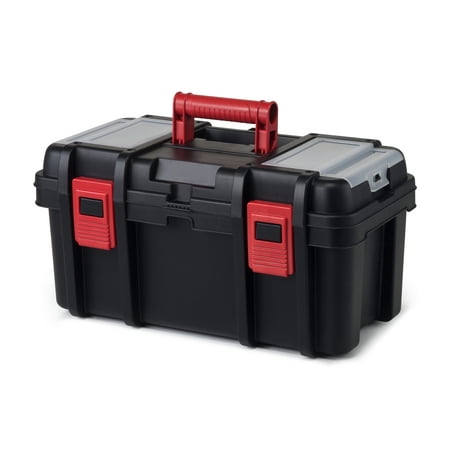
A large plastic tool box is a great option for keeping emergency supplies safe and easily portable.
3. Prepare some flood defences

Getting water out of a carpet after a flood and trying to dry out furniture is no easy task. To prevent long term damage, Pete Alther suggests using some temporary basement flooding prevention measures around your home, ‘ There are two types of flood-proofing methods: passive and active. Passive flood-proofing is the “set it and forget it” route, such as replacing doors and windows with flood-proof products.
'Active flood-proofing involves preventative efforts ahead of a known, looming event. Such strategies include flood barriers and gates, and sump pumps.’
Sump pumps are available to browse and buy at Amazon and if you are a Prime member, free rapid home delivery is usually available on many eligible items.
4. Invest in surge protection
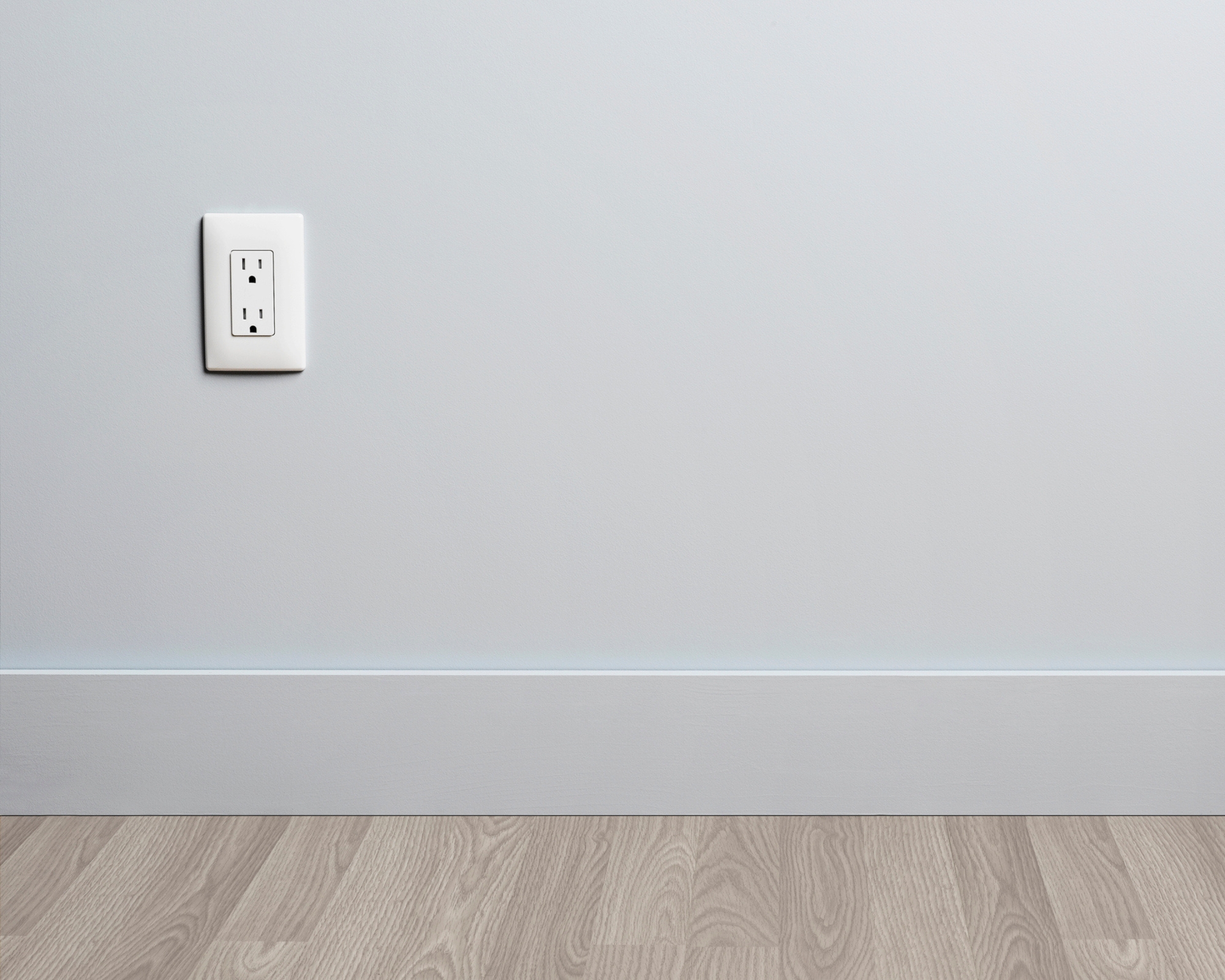
Lightning can pose a serious hazard in storms, wreaking havoc on your electrical systems and increasing fire risks in your home.
Pete Alther says, ‘We recommend a layered approach to defending against a power surge, starting with a whole house surge protector at each electrical main panel, as well as surge protectors at each outlet where devices such as laptop and desktop computers are plugged in, entertainment systems, etc.
‘Additionally, to future-proof your home against extreme weather, we recommend lightning rods be installed and suggest that homeowners ask their electrician to confirm that their house is properly grounded. Emerging technologies are in development that may help prevent lightning from striking near a structure. Also, make sure all smoke detectors and fire extinguishers throughout your home are in good working order.
‘We also recommend removing branches that extend over the roof or within ten feet of the home which will help protect the roof and create defensible space in the event a tree catches on fire.'

These mini extinguishers put out all kinds of fires, including wood, paper, garbage, plastic, gasoline, oil, and electrical equipment fires. They also form a protective layer to prevent reigniting and provide additional security and come with wall-mounting brackets.
5. Check your roof and gutters
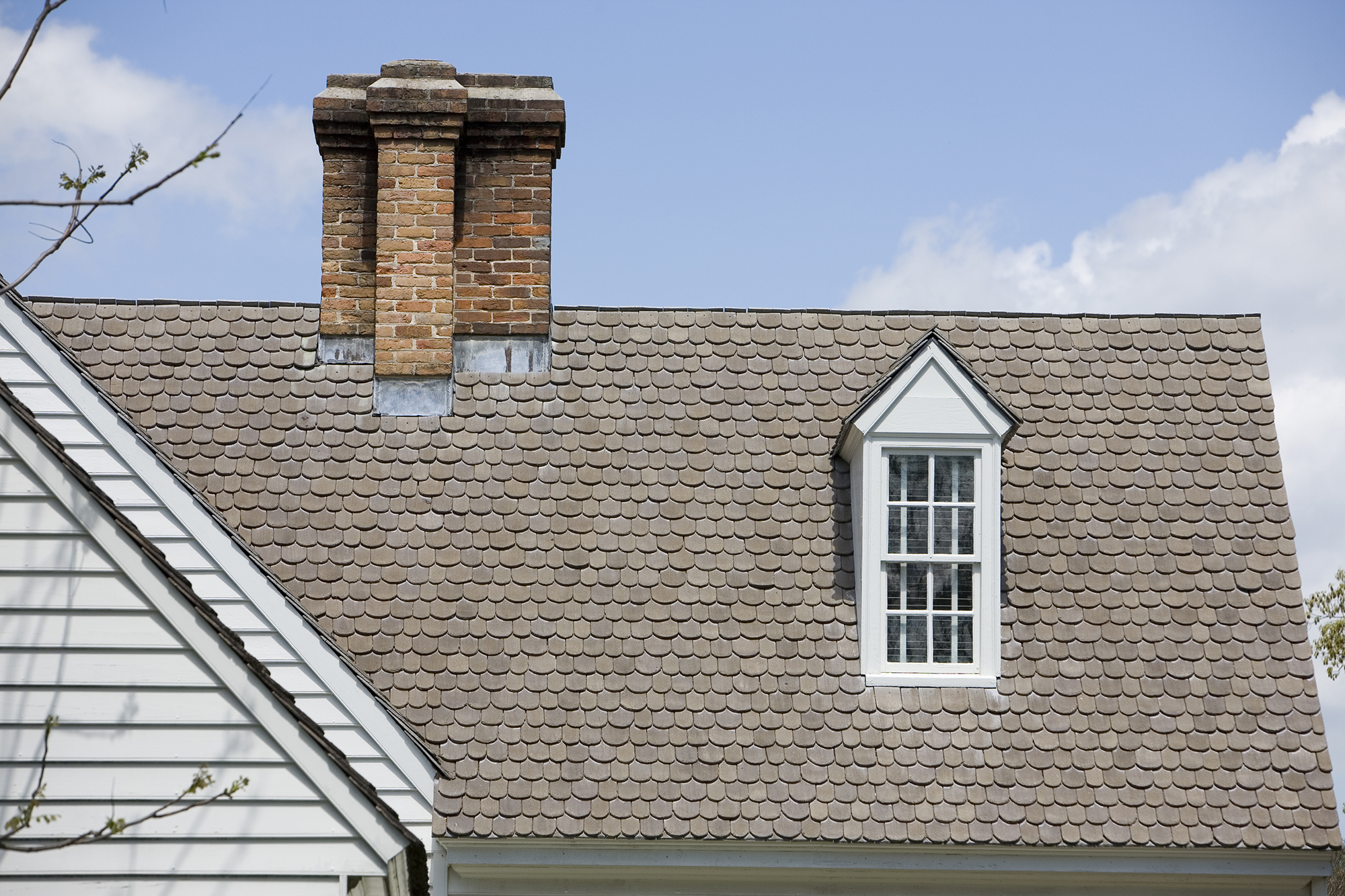
The last thing you want during a storm is for your roof to let you down and leave you grappling with terrible weather and ceiling leaks.
Mike Storey, insulation expert and owner of UK Flat Roofing says, ‘Take a look at the things roofing pros check before the rainy season, such as loose or damaged slates or tiles, as well as ridge tiles on your roof before and after each high wind event.’
These are a structural issue you can’t afford to ignore, he warns.
Mike continues, ‘Fixing these will prevent water damage to roof timers. Also, if possible, check around chimneys and any other exposed sections to ensure they are properly sealed and prevent water from seeping into your property during heavy rain. If you have solar panels it's also worth checking if these are secure and making sure no flying debris has damaged them.
‘I also suggest checking and cleaning your gutters to ensure they are free of any buildup as heavy rain can cause gutters to flood and cause potential rain damage through rotting of fascias, roof timbers, and even water ingress into walls. Clear any twigs, leaves, or debris from gutters and downspouts, or replace gutters as necessary to ensure proper drainage and prevent water intrusion. This is much cheaper than replacing or fixing these areas.’
6. Seal windows and doors

It sounds obvious, but this simple check and a little bit of draft proofing can save you a lot of heartbreak, preventing water damage and freezing temperatures from affecting you indoors.
Mike Storey says, ‘Make sure your windows and doors are tightly closed to prevent rain and wind from entering your home, which can cause water damage and compromise your property’s structure. Seal any gaps or cracks around windows and doors using weather stripping or caulk. Alternatively, consider installing storm shutters or impact-resistant windows to protect against flying debris and strong winds.’

This expanding foam helps to seal up gaps with ease, creating a water-tight seal suitable for interior and exterior leak protection.
FAQs
What is the 30/30 thunderstorm rule?
The 30/30 lightning safety rule suggests that you should stay indoors if you cannot count to 30 after seeing lightning before you hear the rumble of thunder. This indicates the thunderstorm is less than 30 miles from your location. You should then stay inside for at least 30 minutes after hearing the last roll of thunder.
Is it okay to use the toilet during a thunderstorm?
According to the CDC, it is best to avoid using any plumbing (be it the toilet, sinks, or shower) during a thunderstorm. It is also advisable to stay away from electrical equipment and cords, turning electricity off where possible to protect your home from a surge and your family from shocks.
Many of these steps should be bundled into winterizing a house, helping to prepare your space for all sorts of extreme weather, including snow and hail.
Next, take steps to future-proof your home against extreme weather in our detailed, expert-led guide.







